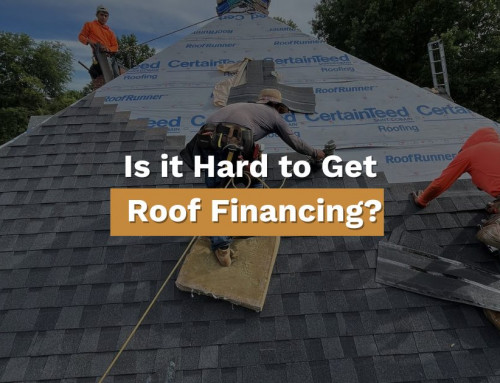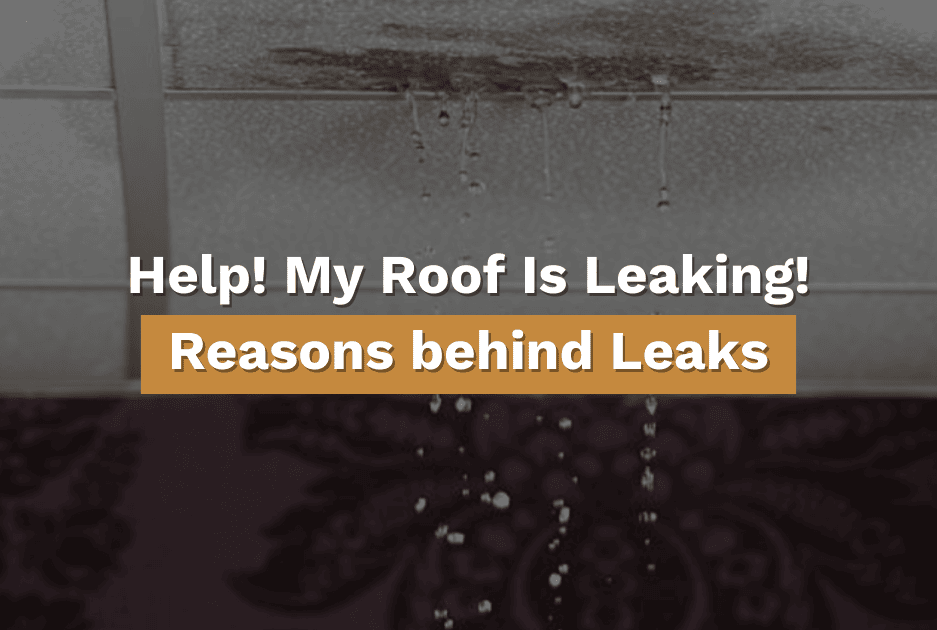
Highlights for Leaking Roof Signs
A leaking roof can turn into a homeowner’s worst nightmare. From water stains on the ceiling to costly structural damage, leaks can cause severe headaches if not caught early. The good news? Spotting the warning signs, such as when you notice signs of moisture or obvious signs like visible water stains and damaged shingles, and taking preventative measures can save you time, money, and stress. Key signs include water stains, peeling paint, musty odors, and damaged shingles. Common causes include bad weather, aging materials, poor ventilation, and clogged gutters. Prevent leaks by scheduling regular roof inspections, maintaining gutters, and ensuring proper attic ventilation.
- Why Roof Leaks Matter
- How Do I Know If My Roof Is Leaking?
- Roof Leak Detection Methods
- What Causes Roof Leaks?
- The Damage Roof Leaks Can Cause
- The Cost of Repairing a Leaky Roof
- How to Prevent Roof Leaks
- Managing a Roof Leak
- Small Roof Leaks: What You Need to Know
- When to Call a Professional Roofer for Roof Repair
Table of Contents
Introduction to Roof Leaks
A roof leak is one of the most common—and potentially costly—issues homeowners face. Even a small leak can lead to significant damage if it goes unnoticed, affecting everything from your ceilings and walls to your home's structural integrity. Telltale signs of a leaky roof include water stains on ceilings or walls, missing or damaged shingles, and the unwelcome presence of mold growth. Ignoring these warning signs can result in further damage, turning a minor problem into a major headache.
Prompt roof leak repair is essential to protect your home and prevent future leaks. A professional roofing contractor has the expertise to locate the source of the leak, whether it's due to damaged shingles, worn flashing, or other hidden issues. Regular roof inspections and maintenance are key to catching problems early and extending the lifespan of your roof. In this article, we'll walk you through the most common signs of a roof leak, explain why quick action matters, and share practical steps you can take to prevent future leaks and keep your home safe and dry.
Why Roof Leaks Matter
Your roof does a lot more than just keep the rain out—it protects your home, belongings, and family. But over time, even the best roofs can develop leaks. Ignoring a small roof leak can lead to major (and expensive) issues like mold growth, wood rot, and insulation damage. Ignoring these warning signs can result in further damage, turning a minor problem into a major headache. Neglecting roof leaks can lead to expensive repairs, especially since most leaks can be fixed more affordably if caught early.
Here in Middle Tennessee, our unpredictable weather makes it even more important to stay on top of roof maintenance. Ignoring these issues can also lead to increased roof repair costs over time. In this guide, we'll break down everything you need to know to keep your roof leak-free and your home safe.
Leaks don't always make themselves obvious, but there are some telltale signs to watch for. Catching a leak early can prevent major headaches down the road. Roofing contractors can help identify and fix leaks, ensuring that the problem is addressed efficiently and effectively.
Signs Inside Your Home
-
- Water Stains: Those yellowish-brown spots on your ceiling or walls? That's a sign water is making its way in. Dark spots on ceilings or attic surfaces can also indicate water intrusion and possible mold growth.
-
- Peeling Paint or Bubbling Wallpaper: Moisture buildup under the surface can cause your walls to warp or bubble.
-
- Musty Smells & Mold Thrives: If your home has a damp, mildew-like smell, it could mean water is getting where it shouldn't. A musty odor is a common sign of hidden moisture or mold, even if you can't see visible stains.
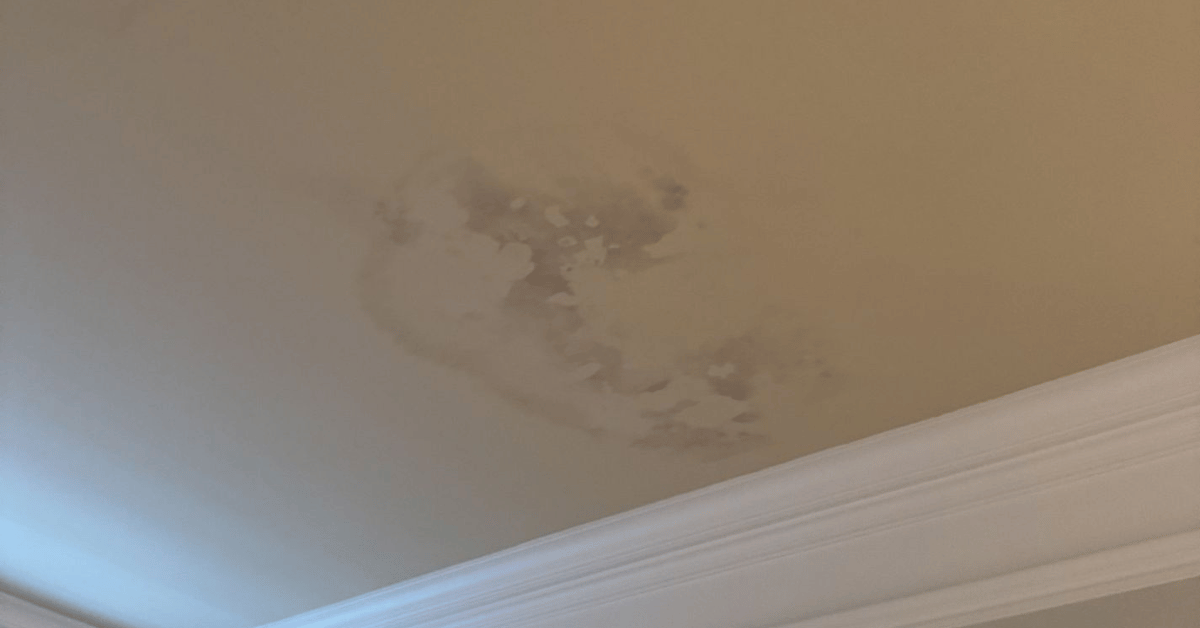
-
- Dripping Water or Damp Spots: If you see water dripping or feel damp patches, you've got a leak that needs attention—fast.
-
- Ceiling Stain & Damaged Ceilings: Visible signs of a roof leak often include ceiling stains or sagging drywall.
-
- Exterior Walls: Monitoring exterior walls for signs of mold or mildew is crucial. Mold or mildew growth on these surfaces may indicate underlying problems such as water infiltration or condensation, which can lead to serious health risks and necessitate prompt investigation and remediation.
Other signs such as unexplained dampness or discoloration may also point to a leak.
If you notice any of the above signs, it's important to investigate further for a potential roof leak.
Signs on Your Roof
-
- Missing or Damaged Shingles: If you notice cracked, curled, or missing shingles, water could be seeping in. Inspect for obvious damage, such as missing or cracked shingles, as these are common entry points for leaks.
-
- Damaged Flashing & Missing Flashing: The metal around chimneys, vents, and skylights should be intact—if not, it could be a weak spot. Pay special attention to step flashing at roof-to-wall intersections, as improper installation or damage here can allow water intrusion. Also, check for damaged vents, including cracked or broken vent housings, and repair or replace them as needed to prevent leaks.
-
- Clogged or Rusted Gutters: If your gutters are full of leaves and debris, water can pool and find its way under your shingles. Trim tree branches that overhang the roof to prevent them from damaging roofing and gutters, which can lead to cracks, leaks, and pest entry.
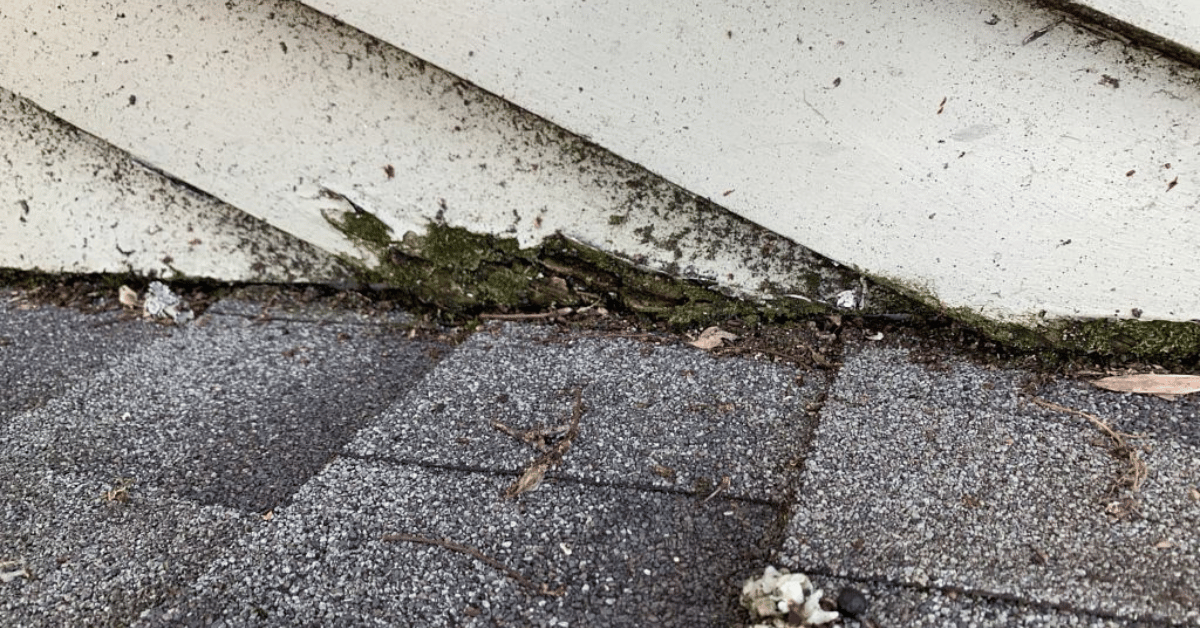
-
- Sagging Roof Deck & Rotted Framing: A droopy roofline can mean serious water damage underneath the surface.
-
- Exposed Nails & Improperly Driven Nails: These can lead to tiny holes and intermittent leaks.
-
- Exterior Wall Monitoring: Regularly check the exterior wall for signs of water damage, such as mold growth and water stains. These issues can indicate potential leaks and moisture accumulation, which are often caused when warm air meets cold surfaces. Neglecting these problems can lead to significant damage.
Leaks can be especially challenging to detect on a flat roof, as water pooling and subtle entry points may require specialized inspection methods. Additionally, older roofs are more susceptible to leaks due to deterioration over time, even if there is no visible damage.
Roof Leak Detection Methods
Detecting roof leaks can be a challenging task, but there are several methods that can help identify the source of the leak. Here are some common roof leak detection methods:
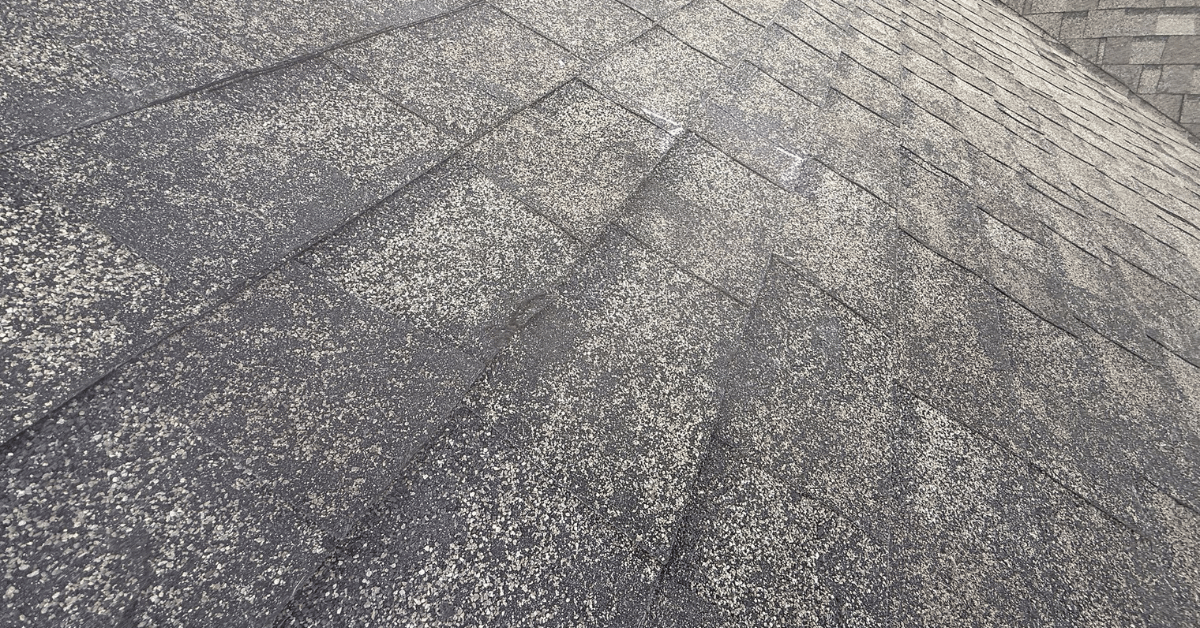
-
- Visual Inspection: A visual inspection of the roof can help identify signs of damage, such as missing or damaged shingles, curled or buckled shingles, and damaged flashing. Look for any obvious issues that could be allowing water to seep in. If you suspect a leak but can't see obvious damage, consider carefully removing shingles around the suspected area to check for hidden damage beneath.
-
- Water Testing: Water testing involves simulating rainfall on the roof to identify areas where water is entering the home. This method can help pinpoint the exact location of a leak by observing where the water infiltrates.
-
- Infrared Scanning: Infrared scanning uses thermal imaging to detect temperature differences on the roof, which can indicate areas where water is entering the home. This method is particularly useful for finding hidden leaks that aren't immediately visible.
-
- Roof Vent Inspection: Roof vents can be a common source of roof leaks. Inspecting roof vents for damage or blockages can help identify potential leaks. Ensure that all vents are properly sealed and free from debris.
-
- Attic Inspection: Inspecting the attic for signs of water damage, such as water stains or mold growth, can help identify areas where water is entering the home. Pay special attention to the roof sheathing and the underside of the roof, checking for water stains, mold, or other signs of moisture damage. Look for any damp spots, discoloration, or musty odors that could indicate a leak.
What Causes Roof Leaks?
Leaks don't just happen out of nowhere. Here are some common culprits:
Bad Weather
-
- Heavy Rain & Storms: Over time, constant exposure to rain wears down roofing materials, especially during periods of severe weather.
-
- Ice Dams: In the winter, ice buildup at the edge of the roof can trap water and force it under the shingles.
-
- High Winds & Hail: Severe weather events like strong winds can lift shingles, while hail can create small holes that lead to leaks.
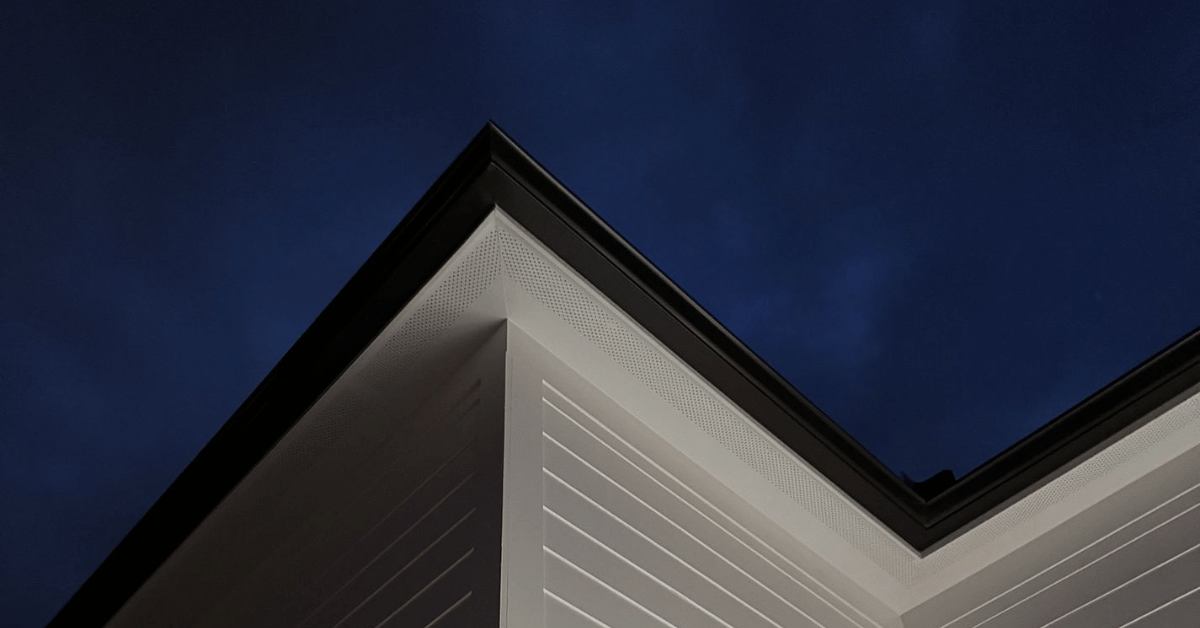
Roofing Issues
-
- Old or Worn-Out Shingles: Asphalt shingles have a lifespan, and when they start breaking down, leaks aren't far behind.
-
- Normal Wear: Over time, normal wear and tear from aging can cause small issues that develop into leaks if not addressed.
-
- Improperly Installed Flashing: If the metal around chimneys and vents wasn't installed correctly, it could let water in.
-
- Poor Workmanship: Poorly installed roofing components or subpar craftsmanship can create vulnerabilities, such as gaps or improperly sealed areas, leading to leaks.
-
- Cracked Skylight Seals: If the seals around your skylight are failing, expect leaks to follow.
-
- Vent Boot & Roof Vents: Damaged roof joints and vent boots can cause moisture infiltration.
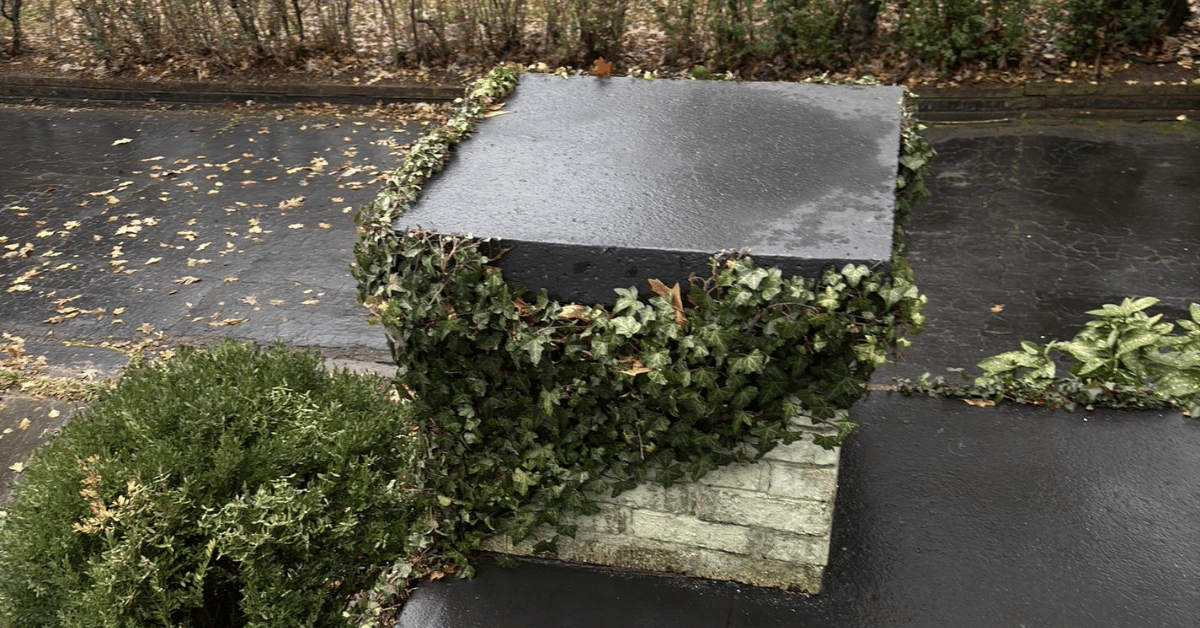
Poor Maintenance & Clogged Gutters
-
- Debris Build-Up: Leaves, twigs, and dirt can block proper drainage, forcing water to find other ways down—like into your home.
-
- Skipping Inspections: Minor damage can quickly turn into a big problem if it goes unnoticed.
-
- Warm Attic Air: Poor ventilation can contribute to roof leaks and ice dams.
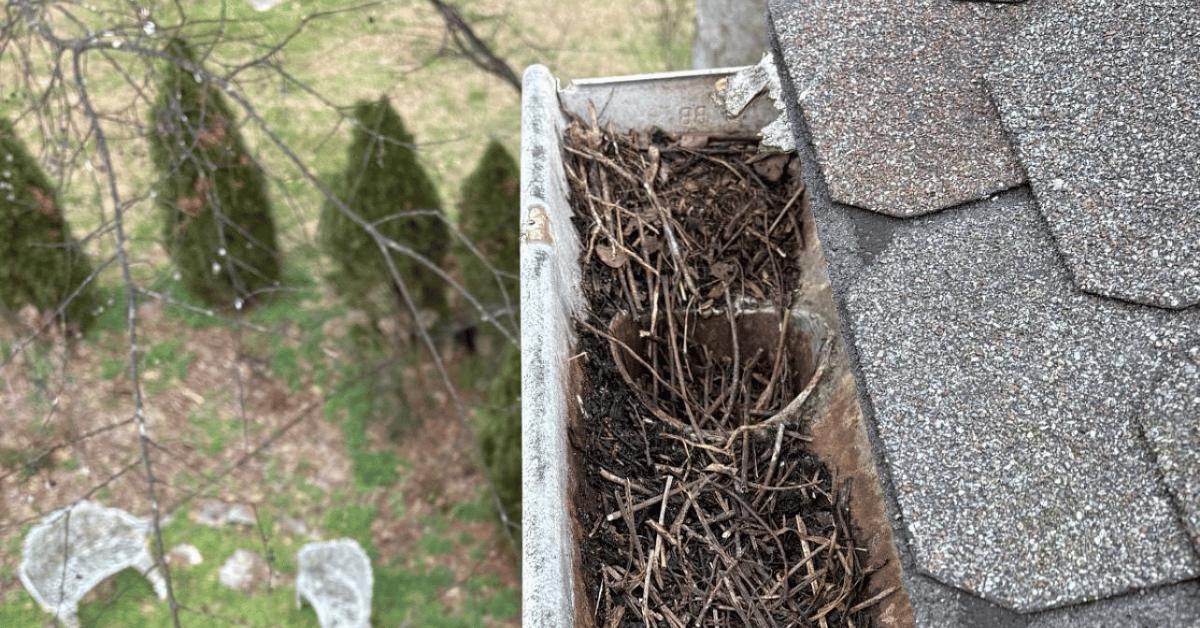
The Damage Roof Leaks Can Cause
When inspecting your home, it's important to look for signs of a leak that should not be ignored. These signs of a leak include various types of damage that can indicate a roof problem.
-
- Rotting Wood & Rotted Framing: Roof leaks can cause your home's wooden structures to weaken and rot.
-
- Damaged Ceilings & Walls: Water stains are just the beginning—prolonged exposure can lead to crumbling drywall and a ceiling collapse.
-
- Ruined Insulation: Wet insulation doesn't work properly and can increase your energy bills.
-
- Electrical Problems & Electrical Wiring: Water and wiring don't mix. Leaks near electrical systems can be a fire hazard.
-
- Mold Growth in Living Space: Mold thrives in moist air, creating health hazards for your household.
-
- Water Stains on Fascia & Soffit: A sure sign of a missing gutter apron is water stains on the fascia and soffit, caused by water wicking behind the gutter.

The Cost of Repairing a Leaky Roof
The cost of roof repairs for a leaky roof can vary widely depending on the extent of the damage, the type of repair needed, and the location of the repair. Here are some general estimates for the cost of repairing a leaky roof:
-
- Small Repairs: Small repairs, such as replacing a few damaged shingles, can cost between $100 and $500. These minor fixes are relatively inexpensive but crucial for preventing further damage.
-
- Medium Repairs: Medium repairs, such as repairing damaged flashing or replacing a section of roofing, can cost between $500 and $2,000. These repairs address more significant issues that could lead to larger problems if not fixed promptly.
-
- Large Repairs: Large repairs, such as replacing an entire roof, can cost between $2,000 and $10,000 or more. In cases of extensive damage, investing in a new roof or even a brand new roof may be the best solution. A new roof is a wise investment for long-term home protection, especially if you have an aging roof or are planning future upgrades like solar panel installation.
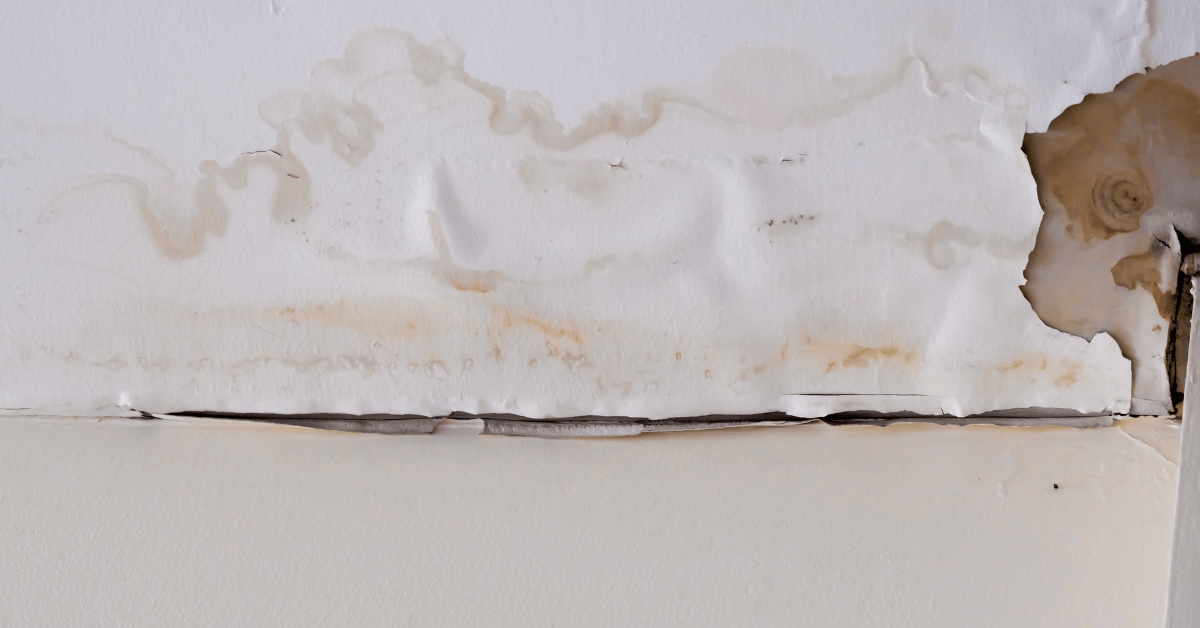
How to Prevent Roof Leaks
The best way to deal with a roof leak is to stop it before it starts. Here's how:
Get Regular Roof Inspections
-
- Schedule Professional Inspections: Twice a year (spring and fall) is ideal for catching problems early.
-
- Check After Storms: High winds and heavy rain can cause damage that needs to be addressed ASAP.
Keep Your Gutters Clean
-
- Clear Out Leaves & Debris: Water needs a clear path to drain properly.
-
- Install Gutter Guards: These help prevent clogging and keep water flowing smoothly.
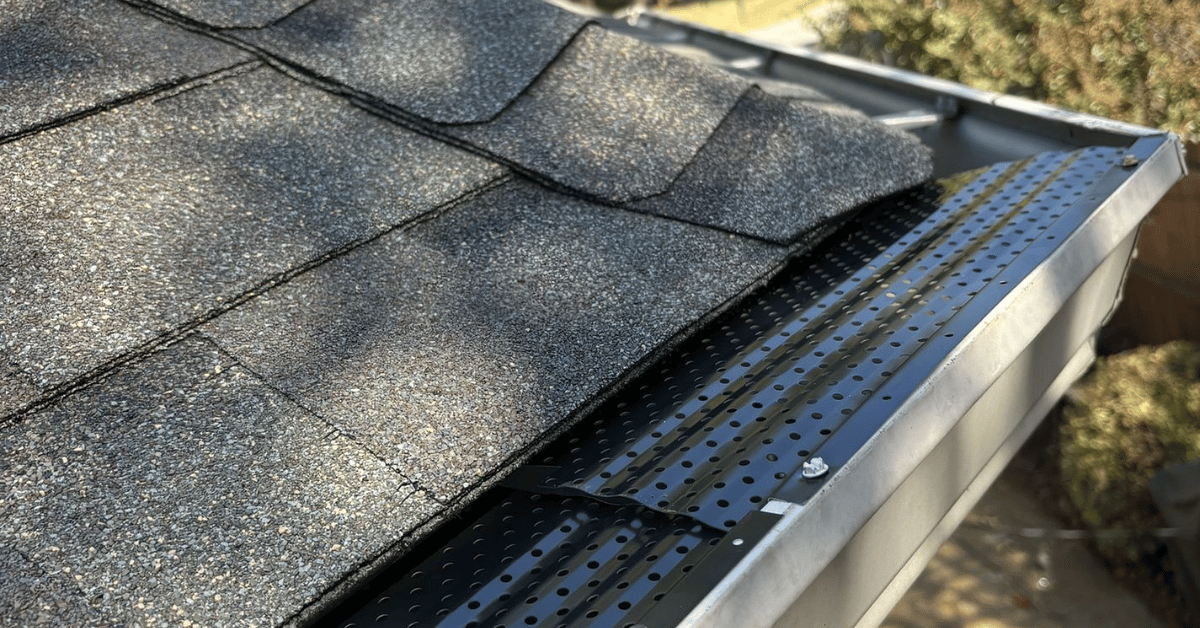
Fix Small Problems Before They Get Bigger
-
- Replace Missing or Damaged Shingles: Even one missing shingle can lead to leaks.
-
- Seal Up Cracks in Flashing: A small gap today can be a big leak tomorrow.
-
- Install New Flashing: Replace rusted or damaged flashing around chimneys, vents, and roof penetrations to prevent water from seeping in.
Make Sure Your Attic is Well-Ventilated
-
- Prevent Ice Dams: Proper insulation and ventilation help regulate your roof's temperature.
-
- Reduce Moisture Build-Up: Good airflow keeps condensation (and mold) from forming.
-
- Install an Air Chute & Gutter Apron: These prevent moisture buildup and guide water away from the roof decking.
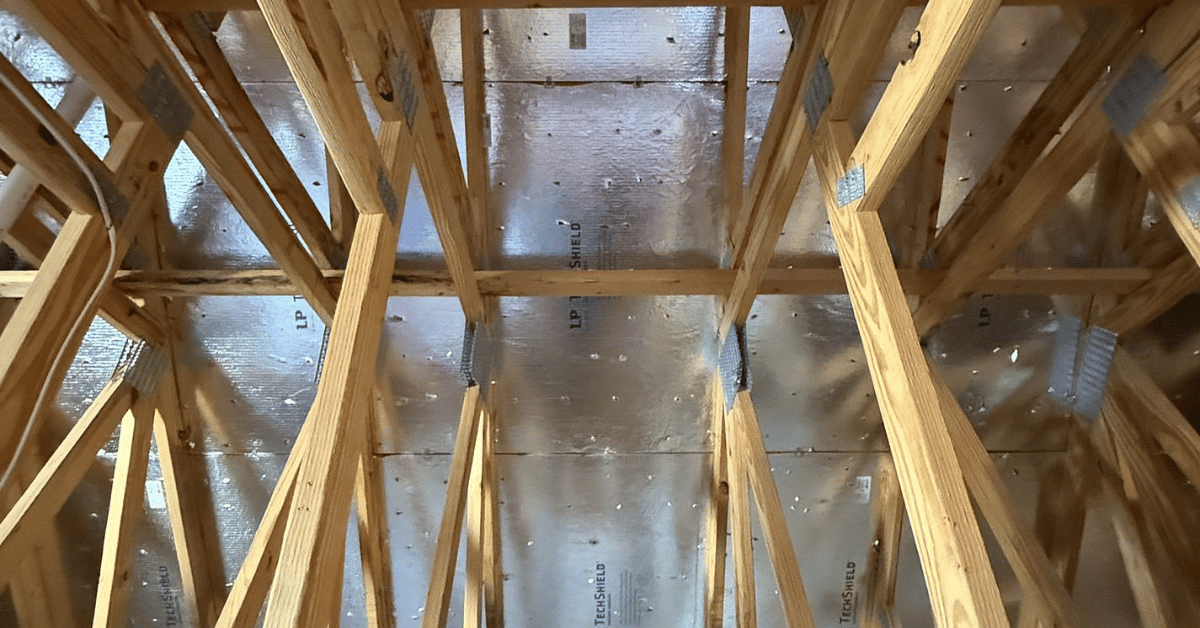
Managing a Roof Leak
Managing a roof leak requires prompt action to prevent further damage to the home. Here are some steps to take when managing a roof leak:
-
- Contain the Leak: Place a bucket or container under the leak to catch water and prevent it from spreading. This immediate action helps minimize water damage to your home's interior.
-
- Inspect the Roof: Conduct a thorough inspection of the roof to identify the source of the leak. Look for missing or damaged shingles, damaged flashing, and other potential entry points for water.
-
- Repair the Leak: Repair the leak as soon as possible to prevent further damage. Depending on the severity, you may need to replace shingles, seal cracks, or call a professional roofing contractor for more extensive repairs.
-
- Dry Out the Area: Dry out the area around the leak to prevent mold growth and further damage. Use fans, dehumidifiers, and absorbent materials to remove moisture from affected areas.
-
- Prevent Future Leaks: Regularly inspect your roof and address any potential issues before they become major problems. Keeping your roof in good condition is the best way to prevent future leaks.
Small Roof Leaks: What You Need to Know
Small roof leaks can be just as damaging as large ones if left unchecked. Here are some things to know about small roof leaks:
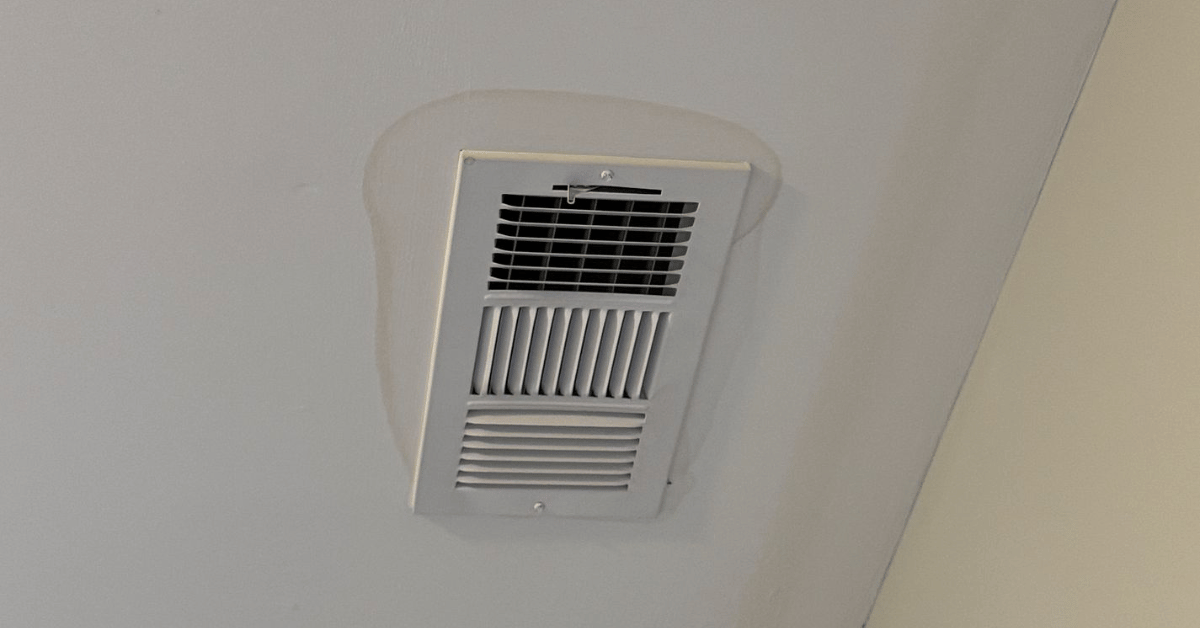
-
- Small Leaks Can Cause Big Damage: Even a small leak can cause significant damage to your home if left unchecked. Over time, water can seep into the structure, leading to mold growth, rotting wood, and damaged insulation.
-
- Signs of a Small Leak: Look for signs of a small leak, such as water stains on ceilings or walls, mold growth, and damaged shingles. These indicators can help you catch a leak early before it causes extensive damage.
-
- Repairing a Small Leak: While repairing a small leak can be a DIY project, it's recommended to hire a professional roofing contractor to ensure the job is done correctly. A professional can identify the root cause of the leak and provide a lasting solution.
-
- Preventing Small Leaks: Preventing small leaks requires regular roof inspections and addressing any potential issues before they become major problems. Keep an eye on your roof's condition and make necessary repairs promptly to maintain its integrity.
By following these guidelines, you can effectively manage and prevent roof leaks, ensuring your home remains safe and dry.
When to Call a Professional Roofer for Roof Repair
Some roofing issues are best left to the experts. Here's when to call in the pros:
-
- You Have a Persistent Leak: If it keeps coming back, there's likely an underlying issue that needs attention.
-
- Large Areas of Missing Shingles: This could mean it's time for a roof replacement.
-
- Your Roofline is Sagging: This is a serious sign of structural damage and should be checked immediately.
-
- Complex or Unclear Problems: An experienced roofer can accurately diagnose and repair complex roof issues, such as flashing failures or potential structural problems.
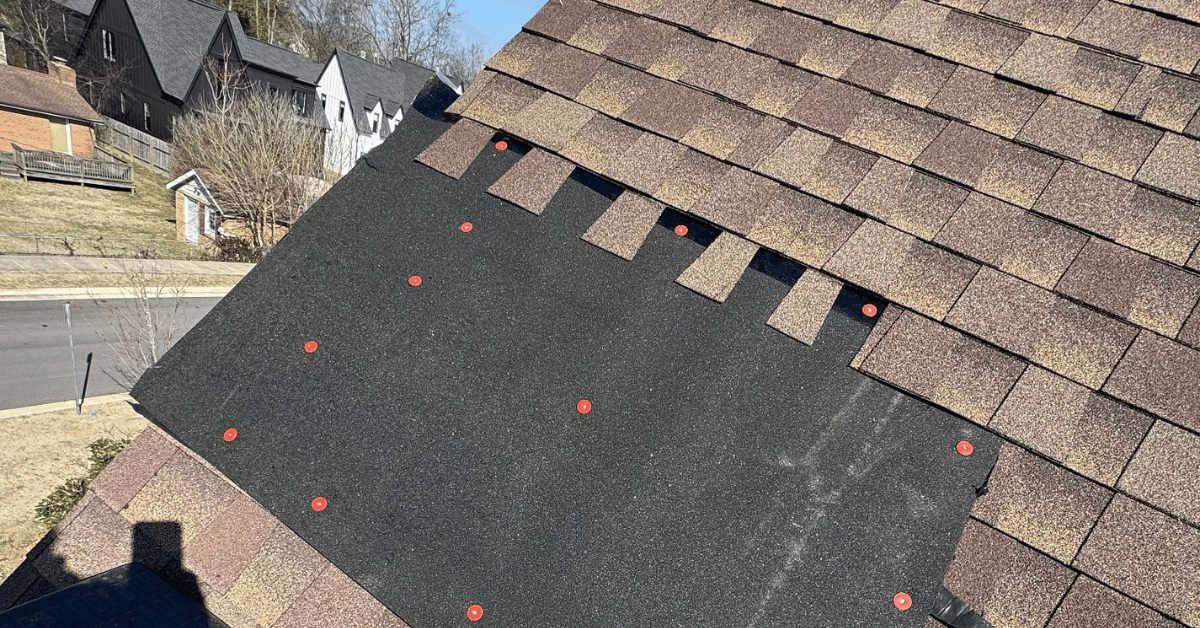
Why Choose Five Points Roofing?
-
- Experienced & Certified: With over 75 years of combined experience, our team includes HAAG Certified Inspectors and Master Shingle Applicators.
-
- Family-Owned & Community-Focused: We take pride in treating customers like family.
-
- Full-Service Roofing Experts: From roof repair to full roof replacement, we do it all.
Your roof works hard to protect your home, and a little upkeep goes a long way in preventing leaks. You can avoid costly repairs by keeping up with regular inspections, maintaining your gutters, and fixing small issues before they turn into big ones.
But when a leak does happen, don't wait—call in the experts. Five Points Roofing is here to help Middle Tennessee homeowners keep their roofs in top shape. Give us a call today and let's make sure your home stays safe and dry.



